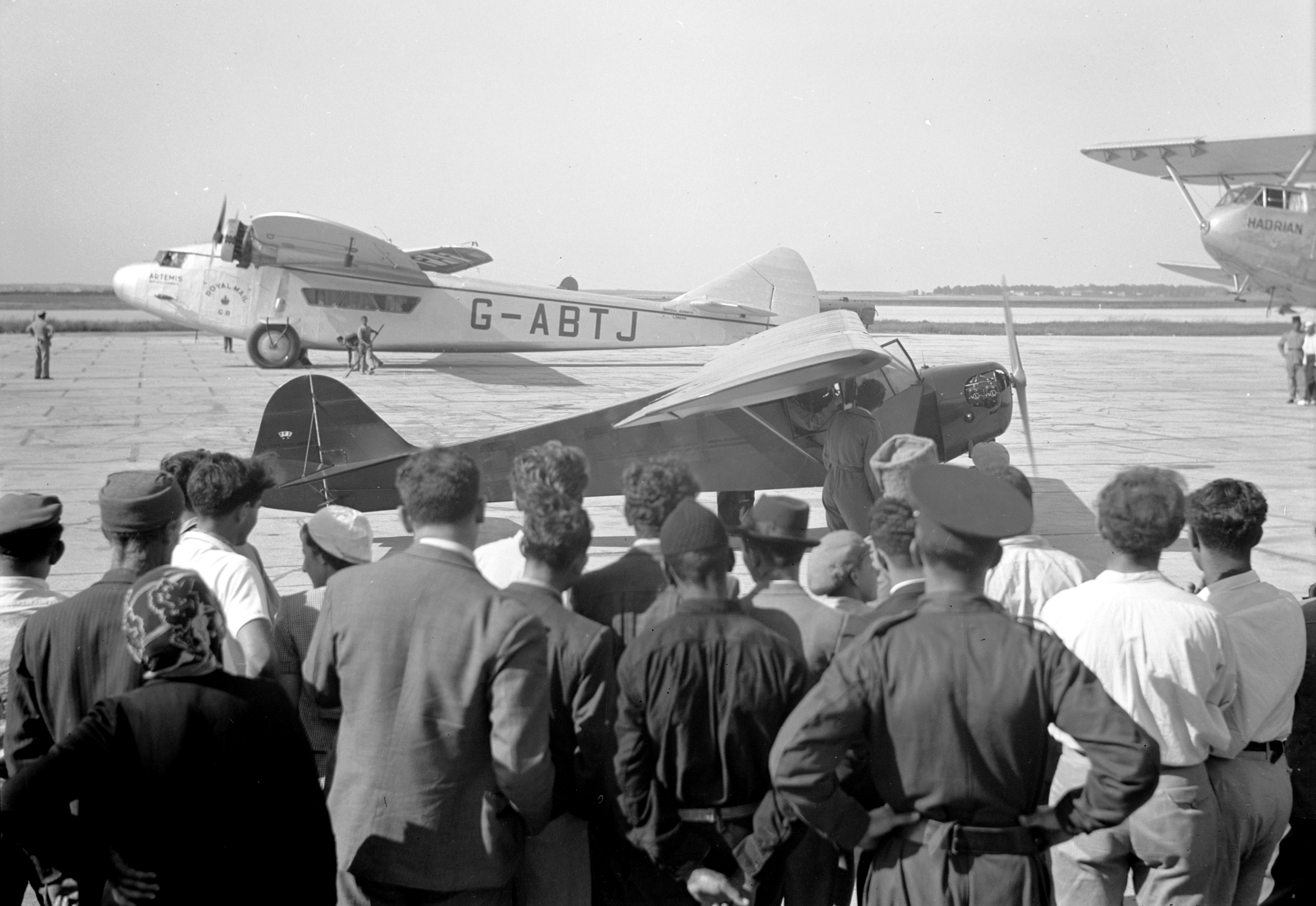Armstrong Whitworth A.W. 15 (Transport plane)
Enlarge text Shrink text- Work cat.: Armstrong-Whitworth A.W. XV "Atalanta" airplane (British), 1932:p.1, etc. (the Atalanta; the A.W. XV)
- Virtual Aircraft Museum, Feb. 3, 2010:Aircraft directory: UK: Armstrong Whitworth (Armstrong Whitworth Atalanta, 1932)
- Wikipedia, Feb. 2, 2010Armstrong Whitworth Atalanta article (Armstrong Whitworth AW.15 Atalanta was a 1930s British four-engine airliner; the AW.15)
- Jane's Encyclopedia of Aviation, 1996(Armstrong Whitworth A.W.15 Atalanta (UK); the A.W.15; named Atalanta, the first A.W.15 flew on 6 June 1932; in all eight A.W.15s were built; the name Atalanta was given to the first and subsequently the fourth following an accident to the first, which then took the name Arethusa. The other six were named Amalthea, Andromeda, Artemis, Athena, Astraea and Aurora)
The Armstrong Whitworth AW.15 Atalanta was a four-engine airliner designed and produced by the British aircraft manufacturer Sir W.G. Armstrong Whitworth Aircraft Limited at Coventry. The Atalanta was specifically developed to fulfil the needs of the British airline Imperial Airways, who sought a new four-engined airliner to serve its African routes. A monoplane configuration was adopted largely due to its low drag qualities, which led to a substantially different configuration to that of the preceding Armstrong Whitworth Argosy airliner. Upon its review of Armstrong Whitworth's proposal, Imperial Airways opted to order it into production before a prototype had even been assembled, much less flown. On 6 June 1932, the prototype, G-ABPI, performed its maiden flight; it was named Atalanta, which was later applied to the whole class as well. Flying testing revealed only minor difficulties, many of which were rapidly resolved, enabling the aircraft to receive a certificate of airworthiness only three months later. On 26 September 1932, Imperial Airways operated the type's first commercial service from Croydon to Brussels and Cologne. The Atalanta primarily served the airline's Eastern routes as intended for five years before being displaced; in its later years, various other civil and military operators flew the type up until its withdrawal amid the Second World War.
Read more on Wikipedia >
 Topic
Topic





